Last Updated on April 9, 2025 by Michelle
When I started out on my real food journey so many years ago, I would never have imagined I’d write a post about how to make cornstarch. Let alone with chickpeas.
Back in the day I lived in blissful ignorance, unaware of the affect of processed ingredients. Cornstarch was the least of my worries.
Now I make my own cornstarch with chickpeas for several reasons.
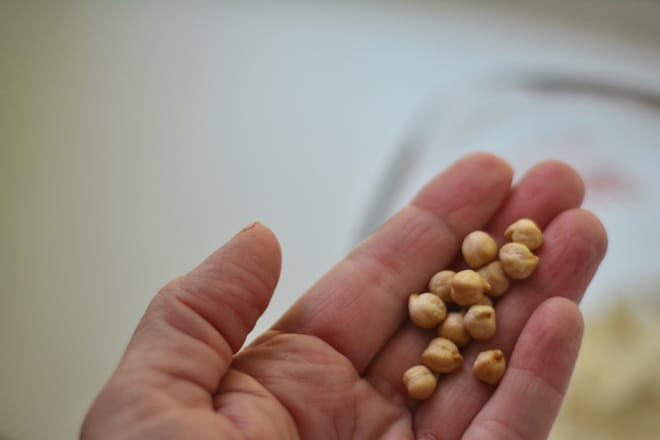
Should I make my own cornstarch?
If you have the time and energy to do so, I highly encourage to to ditch as many store bought pantry staples as possible and make your own instead. These are the reasons why cornstarch is worth ditching ASAP.
- You should make cornstarch because the traditional ones from the store are just straight carbs, meaning eating it most likely causes blood sugar spikes, which will leave you hungry and tired.
- You should make cornstarch because using chickpeas as a replacement allows you to always have cornstarch on hand, in a way that never goes bad. Dried chickpeas last a very long time. (They do start to loose nutrients about year 2-3 though, so it’s best to use them within a year or two.)
- You should make cornstarch to get extra vitamins, protein, and fiber. Chickpeas are also very low-fat.
- You should make your own cornstarch because chickpeas can help with weight management, prevent blood sugar spikes, and feed the good bacteria in your gut. (source)
Is cornstarch bad?
Cornstarch isn’t necessarily bad per se, but it’s more about what cornstarch isn’t. Since cornstarch is made from just the very starchy part of corn, there is virtually nothing of value there for your body. Given that the rest of the corn kernel is removed to make cornstarch, there are virtually no vitamins or minerals (that are naturally found in corn) left in the end product.
So cornstarch is, quite literally, just starch.
Cornstarch is a processed ingredient that I’d personally prefer to replace with a more-nutritious option when possible.
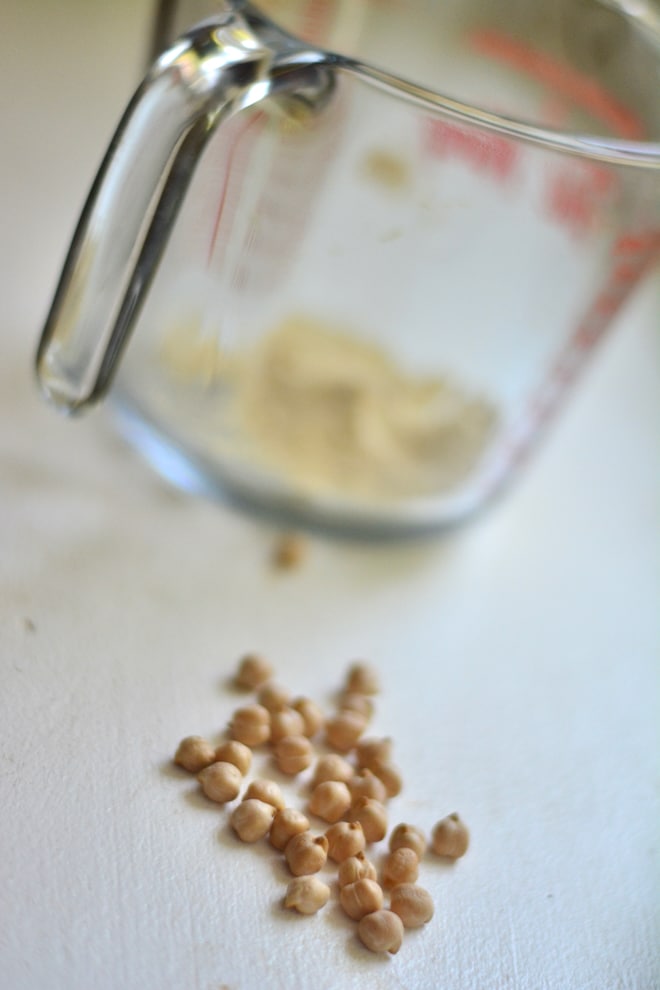
Cornstarch alternatives
There are lots of alternatives to cornstarch. Chickpeas are my favorite substitute, but there are other options if you don’t have chickpeas on hand.
- Rice flour can be used as a substitute for cornstarch, and it even has that chewy, jelly texture that cornstarch tends to have.
- In some cases, simple flour can be used in place of cornstarch.
- Arrowroot powder can replace cornstarch in a 1-1 ratio in most recipes. You might need to use more arrowroot than you would cornstarch, because it doesn’t have the same thickening power as cornstarch.
- Ground chickpeas are a great alternative to cornstarch. It’s great as a thickener, in breading for chicken, as a thickener for sauces, or in slurries (like coating chicken before cooking in Chinese recipes). Chickpeas are high in starch, which makes them a great, natural choice as a cornstarch alternative.
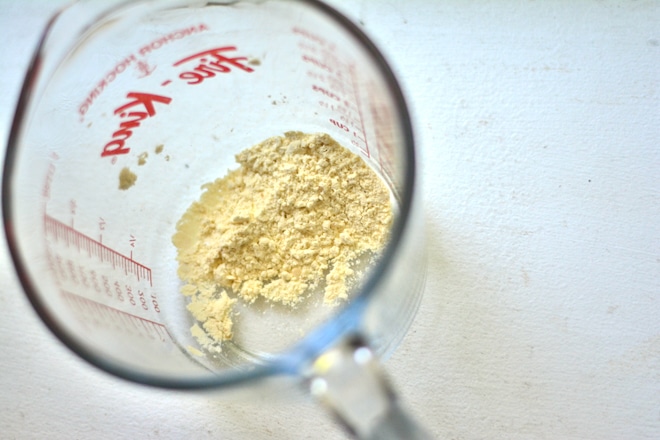
How to make cornstarch with chickpeas
Using chickpeas as a cornstarch alternative is as simple as grinding dried chickpeas into flour. If you have a grain mill, this should be easy. Although make sure to check your mill’s user manual first to make sure you’re good to go. Some mills recommend quickly blitzing the chickpeas in a blender or food processor before milling them so they’re easier to mill. For example, the Nutrimill classic can easily mill chickpeas into fine flour, but sometimes the chickpeas themselves don’t quite fit through the feeder for the grains.
An important note is to make sure you’re using DRIED chickpeas in your grain mill, not canned.
So if you’re using a grain mill, turning chickpeas into a cornstarch alternative is as simple as milling the chickpeas into flour! It’s instantly ready to be used in place of cornstarch in any recipe.
You may want to sift your chickpea flour before you use it, if the little bits of chickpea “skins” bother you.
Corn flour vs. cornstarch
While cornstarch is the processed, just-starch version of corn, corn flour is essentially just ground up corn. It’s similar to cornmeal but usually ground more finely into a fine flour texture. Corn flour can be used in many of the same ways cornstarch can be.
Corn flour is ground up corn, milled more finely into a fine flour texture.
Corn meal is more coarsely ground corn flour, most often used in cornbread or under pizza crusts.
Corn starch is a more processed version of corn flour or corn meal that’s processed to leave just the starch behind.
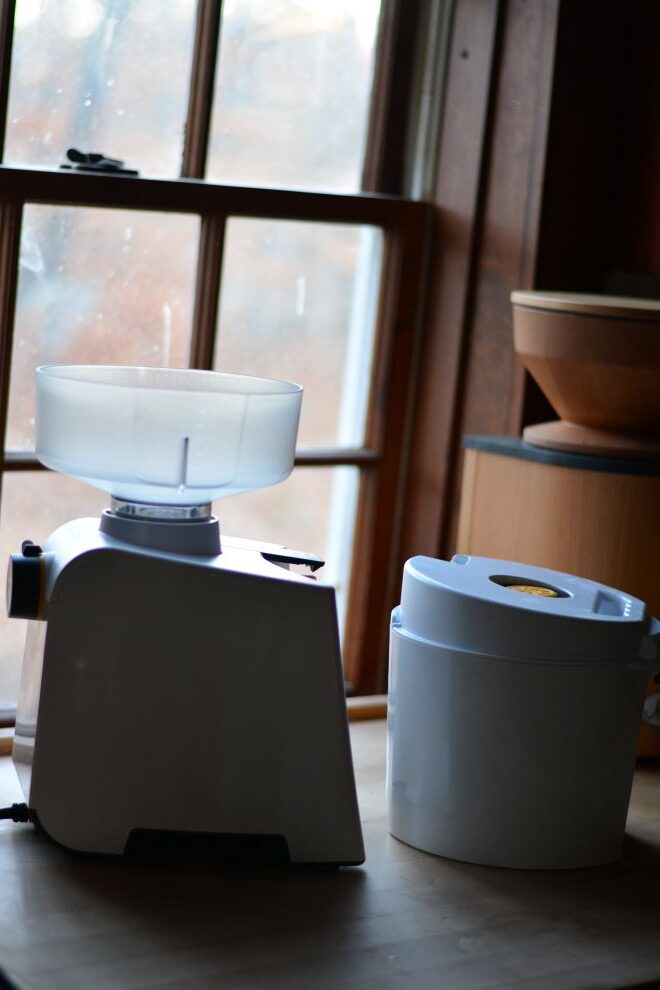
How to make cornstarch with chickpeas (without a grain mill)
If you don’t have a grain mill, you can still make chickpea flour at home.
High powered blenders will turn dried chickpeas into flour. Make sure to blend your chickpeas in phases and using the pulse setting to make sure you don’t burn the motor out.
Food processors are another way to grind chickpeas into flour. Like with the blender, make sure to give your food processor a break if it sounds strained to make sure you don’t burn the motor out.
A coffee/spice grinder is a good option for grinding chickpeas as well. They’re designed to grind hard coffee beans into a fine grind, so they should have no issues turning dried chickpeas into flour.
Need a grain mill? (Promise, it will make your life better!)
I recommend four different grain mills. I’ve used and love them all! But if you’re looking for more in-depth information on all of them, see my Guide to Choosing a Grain Mill.
More like how to make cornstarch with chickpeas:
- Sourdough with fresh milled flour (everything you need to know)
- 5 benefits of milling your own flour
- Wheat berries: everything you need to know
- Kitchen essentials you can make yourself
- 10 foods you should make yourself
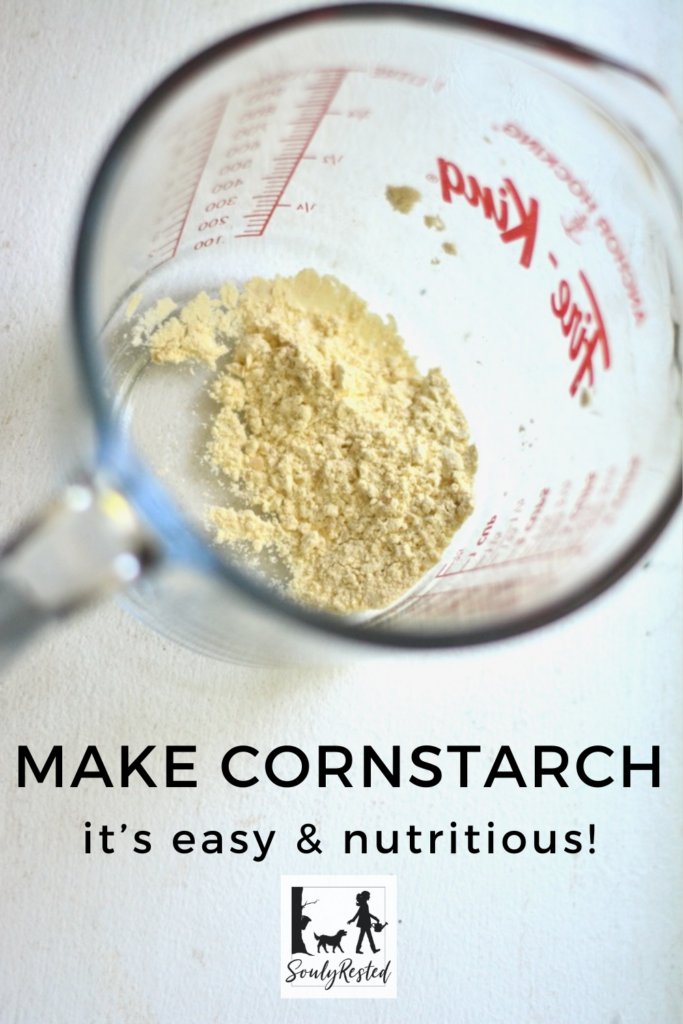

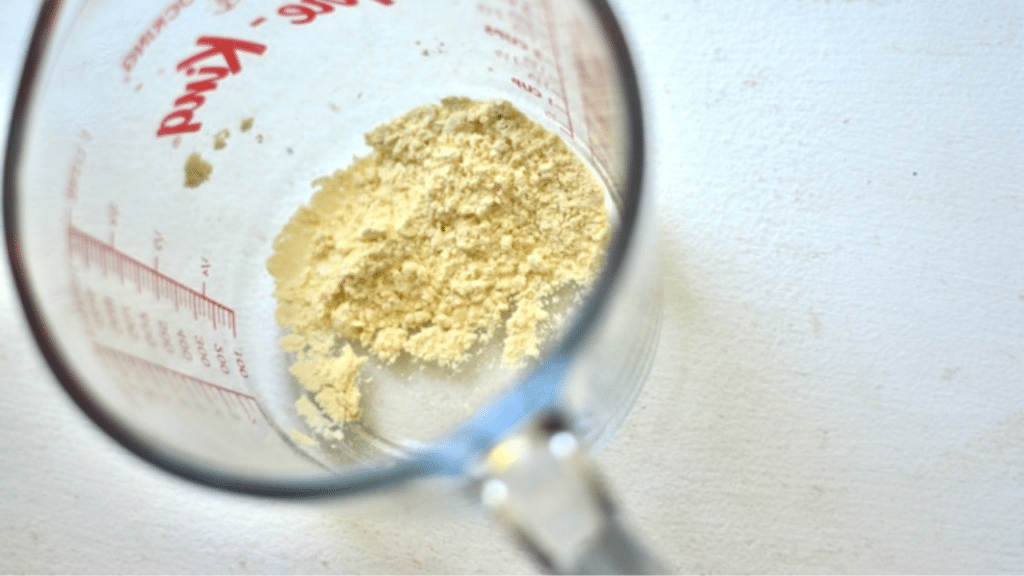


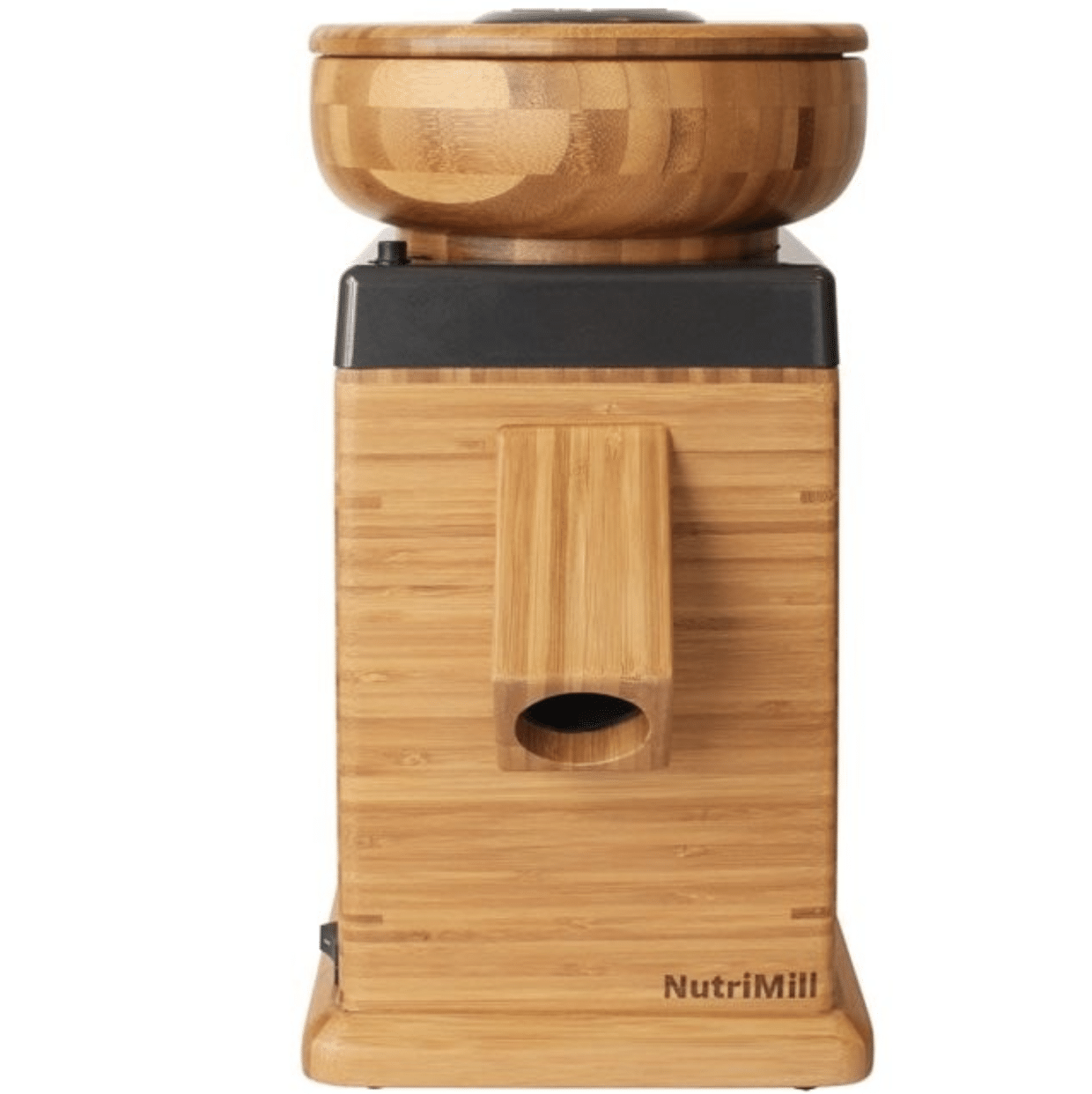

I had no idea you could make cornstarch out of chickpeas! I will have to try this out, and share with others.
Ok I have been soaking this information in do you have to have a specific milk for these since they are so large.
Hi Christene! I own multiple grain mills and, by far, the best one at milling chickpeas is the Mockmill. Here’s my Grain Mill Guide: https://soulyrested.com/grain-mill/ And more info on the Mockmill: https://soulyrested.com/mockmill/
Thrilled to come across your site. Thanks for being there. 🌻
Awww, so nice to “meet” you! (Let me know if you use some chickpea flour as cornstarch!)